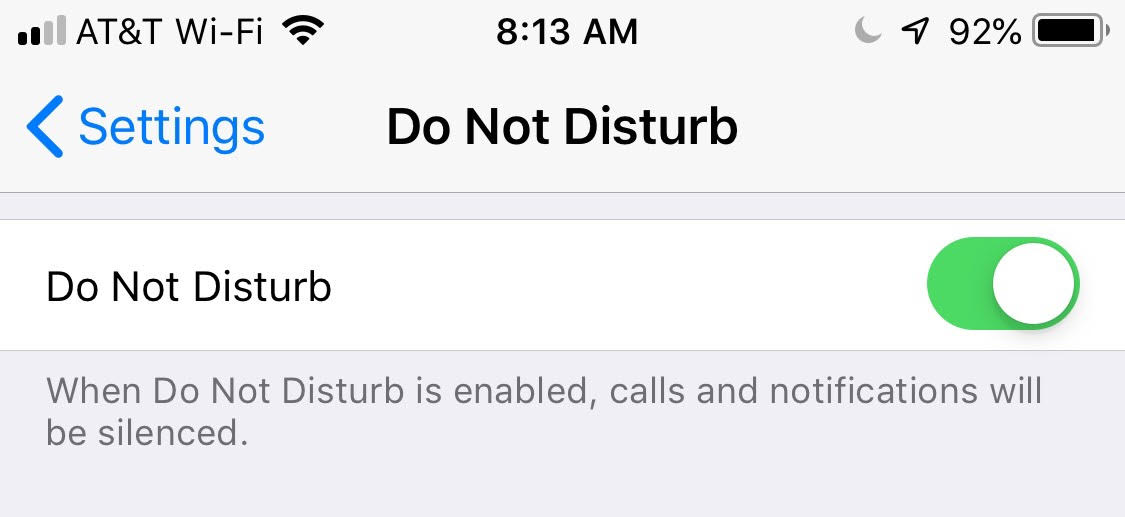Fifth Circuit Holds Distracted Driving Crashes Not Fault of Apple
The U.S. Fifth Circuit Court of Appeals on Tuesday upheld the dismissal of a lawsuit brought against Apple Inc. after a tragic 2013 Texas car crash. A driver had taken her eyes from the road to read a text message before crashing her truck into the vehicle in front of her. Two women lost their lives and a boy was paralyzed. This was a case of first impression in Texas. There have been few appellate rulings on the liability of smart phone and application makers in distracted driving crashes so this decision, although hardly a surprise, was awaited.
In Meador v. Apple, Inc., 17-40968, the court strongly rejected the negligence and strict product liability claims. The plaintiffs had alleged that Apple failed to install the software granted in its 2008 patent that would lock the iPhone while the vehicle was moving, that Apple failed to warn drivers, and that it failed to recognize the unconscious neurobiological response in a driver induced by the phone.
Similar Lawsuits Have Met Same End
In a California state court case arising out of another Texas distracted driving crash, the issue was whether a smartphone maker has a duty to prevent the use of an application that makes video calls. In Modisette v. Apple Inc., the trial court dismissed the causes of action that included strict product liability, holding that Apple did not owe the plaintiffs a duty of care and the design of the phone and the FaceTime application did not cause the wreck. Further, Apple’s failure to include lock-out technology was not to blame. An appellate court recently affirmed the dismissal.
The lawsuit arose out of a Denton crash on Christmas Eve in 2014 when a young man talking on a Face Time chat rear ended his SUV into the plaintiffs’ car on Interstate 35. A young girl tragically died and several family members were seriously injured. The family sued, also arguing that the iPhone was defective since Apple had not installed the safer alternative design it obtained before this distracted driving crash.
We discussed these two cases in this post.
Further, in Oklahoma, an appellate court had reached the same decision in 2010 in Estate of Doyle v. Sprint/Nextel Corp. The court wrote that “the purchase and use of a cellular phone or service are not inherently dangerous acts, nor is it foreseeable that the sale and subsequent use of such a phone would cause an accident.”
Distracted Driving Crashes Should Be Prevented
Distracted driving is estimated to have taken the lives of 3,450 people in 2016 in the United States, mostly from cell phone use. As we all know, most people are addicted to their phones. More than half of people polled admit they text and drive even though they admit this is a dangerous practice.
Phone makers have the software to lock them when someone is driving. Apple’s iOS 11 released over a year ago can automatically disable many features while the car is moving, while allowing passengers to use their phones.
And various apps including Driver Safe Mode, Surete, Lifesaver, and Carplay have provided this option for years.
You might think this serious problem would have been strongly addressed by our lawmakers. But when Texas finally outlawed texting while driving beginning in September of 2017, fines were only set at $25.00 and violations were hard to prove so tickets are rarely given. Distracted driving has increased.
This legislative failure was or should have been foreseeable.
In Apple’s patent, the tech giant admitted that “New laws are being written to make texting illegal while driving. However, law enforcement officials report that their ability to catch offenders is limited because the texting device can be use out of sight (e.g. on the driver’s lap), thus making texting while driving even more dangerous. Texting while driving has become so widespread it is doubtful that law enforcement will have any significant effect on stopping the practice.”
So 10 years ago, Apple knew that only cell phone makers could stop this self-destructive behavior. It and the other manufacturers have indirectly caused the deaths of thousands of people since that time.
Perhaps a court will hold that the manufacturers and cell service providers have a legal duty to curtail distracted driving crashes or that Apple and Verizon will do this themselves.
To paraphrase the AT&T campaign, it can’t wait.



